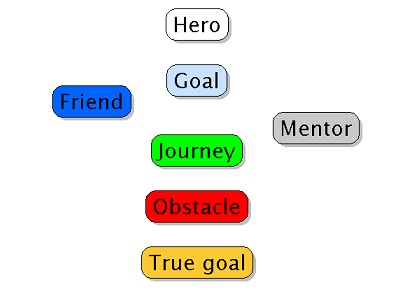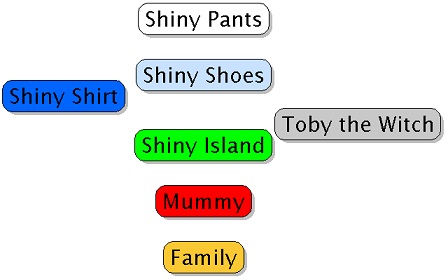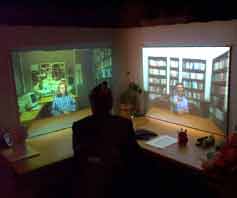The world didn’t come to an end today after all, thereby sparing most of us a whole lot of inconvenient fire and brimstone.
In celebration of not having to go to hell, it seems like a good day to revisit an earlier post, in which I had talked about a more hopeful sort of fire. In particular, Sharon recently wrote the following comment on my post about education entitled Lighting a Fire:
“As someone who studies games for learning, what would you say is the fire triangle for gaming? Does the concept of the fire triangle help relate gaming to learning? I got to thinking about this after reading this post because when I was a kid I used to love playing games (especially board games). I couldn’t get enough of them. As an adult I find that I don’t usually have a lot of patience for them. Now I get the kind of intellectual satisfaction that I used to get from playing games from constructing and debugging computer programs (for a similar amount of intellectual effort), and the payoff in relevance and meaning is a lot higher. I’d be interested to hear your thoughts.”
It’s a very thoughtful comment. In my post I had related the three ingredients for lighting a fire to the three preconditions for learning as follows:
| Fuel: | Intellectual curiosity | ||
| Oxygen: | A sense that what is learned is relevant or meaningful | ||
| Heat: | The excitement that comes from true learning |
It seems to me that this all translates directly into how games relate to learning, and why that relationship can change as one grows up. My experience with games is quite similar to Sharon’s. When I was a kid I played a lot of games, and now most of that energy has shifted to creating things on my computer. In fact, when I try to play computer games, I usually get an overwhelming urge to stop playing and write a computer program instead.
I suspect that this is because playing a game is active (as opposed to seeing a movie or a play, which is passive). If I’m going to be doing something that involves actively making choices, I generally prefer to be making choices that come from me — that really represent who I am — as opposed to just the illusion that they come from me (which is what a commercial computer game generally offers).
I would argue that the fire triangle of learning describes this situation perfectly. When we are children, we have a greater ability to learn from games — because children are veritable learning machines, and they are able to learn from any activity that involves making choices.
But as we get older, we generally lose much of this childlike ability to learn from such externally guided interactions. Yet many of us still want that excitement that comes from true learning. So we turn to a kind of game that is uniquely relevant to who we are. In the case of Sharon or myself, that game can be programming.
When we grownups feel that hunger to learn, we still require the same three ingredients for learning: (i) intellectual curiosity, (ii) a sense that what is learned is relevant or meaningful, and (iii) the excitement that comes from true learning. But since we can no longer get that spark from externally defined games, we create our own games.
Programming, like any of the creative arts — from sculpture to songwriting to keeping a daily blog — is at its core a kind of game for learning.


